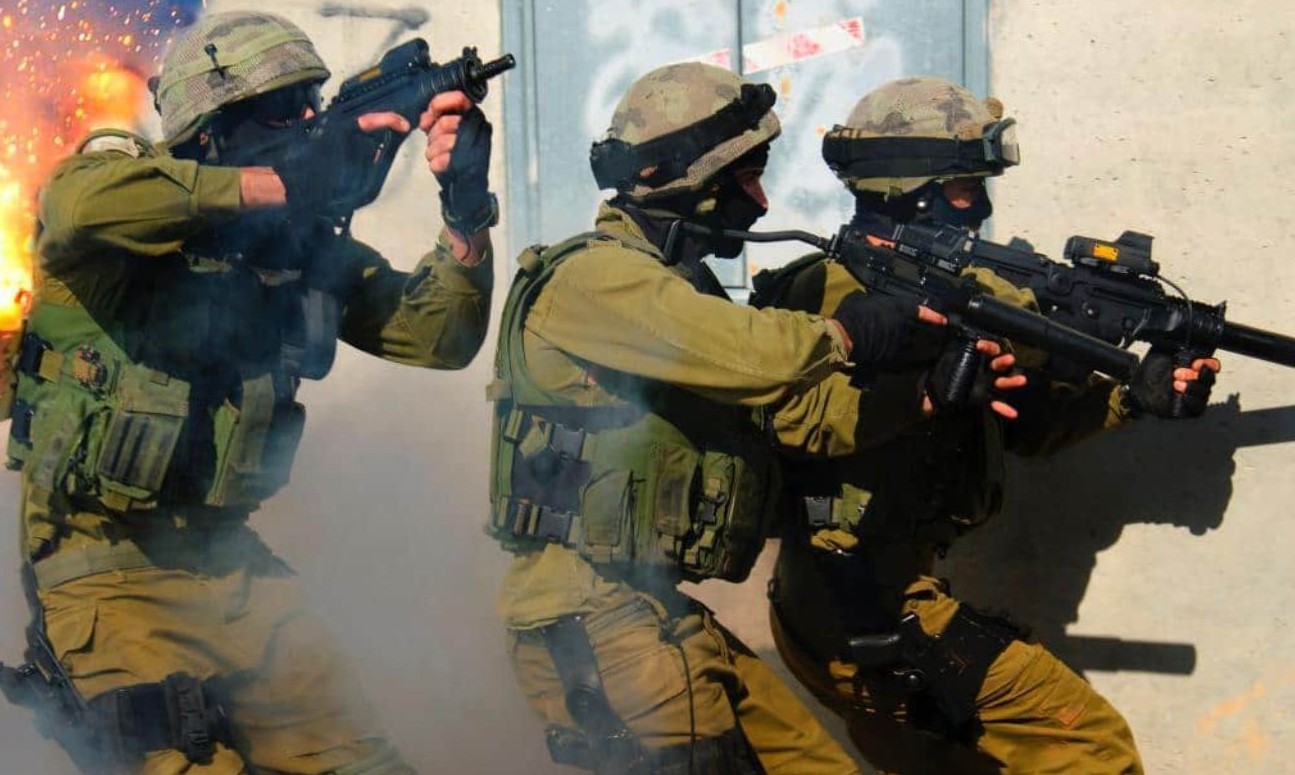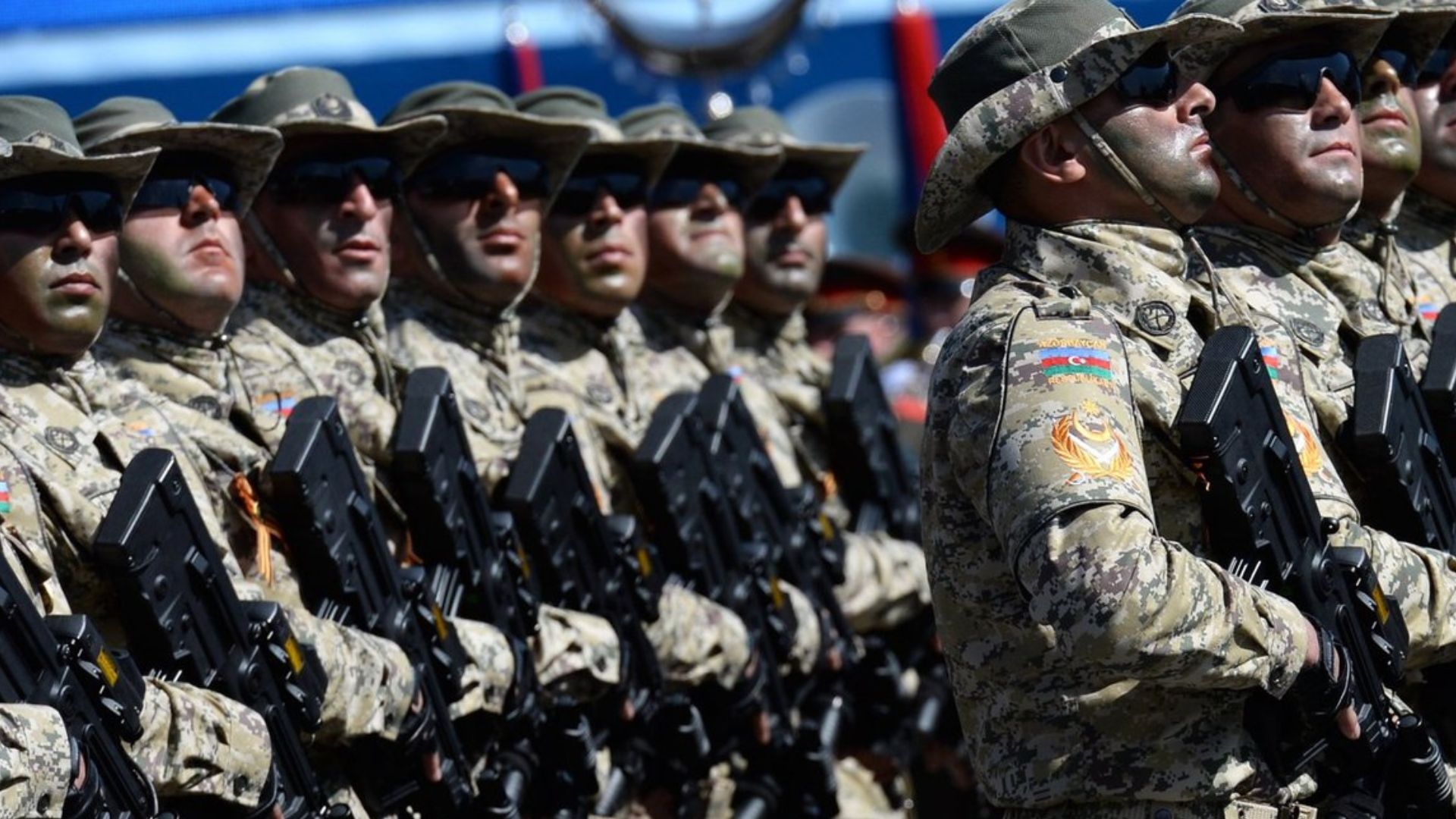The IWI Tavor X95, part of Israel Weapon Industries’ Tavor family, has become a key player in modern firearms, known for its compact bullpup design and battlefield adaptability.
Initially chosen as the standard-issue rifle for the Israeli Defense Forces (IDF) in 2009, the X95 has served in various capacities, from front-line infantry weapon to specialized configurations. Its versatility, allowing for easy conversion between calibers and the addition of accessories, makes it a formidable tool in both military and civilian hands.
This article explores the features, variants, and performance of the X95, highlighting what sets it apart in the world of tactical rifles.
A Weapon of Choice for the IDF
In November 2009, the Israeli Defense Forces (IDF) selected the X95 as the future standard-issue weapon for their infantry. At that time, the X95 was one of three primary rifles issued to Israeli soldiers, a testament to its reliability and effectiveness in the field.

However, by September 2021, things began to change. Reports surfaced that Israeli front-line infantry units were starting to replace their Tavor and Micro Tavor rifles with M4s. The Micro Tavor rifles that were already in the inventory were slated for transfer to reserve brigades.
Despite these reports, a publication on the IDF’s Hebrew website later confirmed that the IDF planned to continue acquiring the Micro Tavor and equipping certain combat units with it. This ongoing acquisition suggests that while the M4 may have taken a more prominent role, the X95 remains a valued tool in the IDF’s arsenal.
Design and Features
The X95 stands out within the Tavor family due to several unique design features.
The most noticeable difference between the X95 and its sibling, the TAR-21, is the placement of the charging handle. On the X95, the charging handle is located closer to the pistol grip, while on the TAR-21, it’s positioned near the muzzle. This distinction, along with a redesigned buttstock and a magazine release situated near the pistol grip, sets the X95 apart from other Tavor models.
One of the X95’s strengths is its versatility. With a straightforward conversion kit, it can be transformed from a 5.56mm assault rifle into a 9mm submachine gun.
A suppressor can also be attached, either as part of the 9mm conversion kit or via a replacement handguard that integrates the muzzle brake, suppressor, and handguard. This adaptability makes the X95 a suitable choice for various combat scenarios, from urban warfare to close-quarters engagements.
The X95 also has its own underslung grenade launcher, the X95 GL 40. A now-discontinued model, the X95-GL, had the capability to mount an M203 grenade launcher on an extended notched barrel, although this has since been phased out.
“I love the versatility of the X95 compared to the U.S. M4”, says former Navy SEAL sniper course manager, and author of, The Red Circle, Brandon Webb.

Performance in Different Calibers
When configured in 9mm, the X95 operates using a blowback system, cycling through the ammunition while maintaining the same body as the gas-operated rifle system. The rifle uses Colt 9mm SMG magazines, and a suppressor can be mounted to accommodate both supersonic and subsonic loads. The barrel length remains consistent with the rifle configuration, featuring a 1:10 rifling twist to stabilize the heavier 9mm round.
As of Spring 2020, all new 5.56×45mm NATO production X95s were upgraded with the .300 AAC Blackout recoil mechanism, enhancing their performance with this increasingly popular caliber.
Compact and Combat-Ready
The X95 offers a more compact design compared to the M4 carbine, which measures 890 mm (35 in) with its stock extended and has a 368 mm (14.5 in) barrel.

Depending on the configuration, the X95 measures 580 mm (22.8 in), 640 mm (25.2 in), or 670 mm (26.4 in) in length, with barrel lengths of 330 mm (13 in), 380 mm (15 in), or 419 mm (16.5 in), respectively.
Variants and Customization Options
The X95 is available with three different handguards. The first is rounded, designed to mount the suppressor inside the handguard, but it’s currently only available for military issue. The second is rectangular with integrated rails at the 3, 6, and 9 o’clock positions, featuring removable rail covers. The third is an elongated version of the second, tailored for the U.S. market.
The X95’s pistol grip can be swapped out with the standard Tavor Talon trigger guard, a traditional trigger guard, or any compatible third-party accessory. This flexibility allows operators to configure the rifle to suit their preferences and mission requirements.
Available Variants
The X95 comes in several variants, each tailored for specific needs:
- X95: Chambered in either 5.56×45mm NATO or .300 AAC Blackout. The .300 BLK configuration features a gas regulator for both supersonic and subsonic loads.
- X95 330: A carbine configuration with a 330 mm (13 in) barrel and a 580 mm (22.8 in) overall length.
- X95 380: An assault rifle configuration with a 380 mm (15 in) barrel and a 640 mm (25.2 in) overall length. This model has been replaced by the X95 419.
- X95 419: An assault rifle configuration with a 419 mm (16.5 in) barrel and a 670 mm (26.4 in) overall length.
- X95-L: A semi-automatic only variant intended for marksman use by the IDF. It features a 16.5 in (420 mm) barrel, an integrated bipod and is issued with a long-range sight.
- X95-GL: A variant that can mount an M203 grenade launcher on its longer-notched barrel. This model has been superseded by the IWI GL 40 grenade launcher, which can be mounted on the standard flattop X95 without the need for modifications.
There’s also the X95-R, chambered in 5.45×39mm, which can be rechambered to three other calibers offered by IWI:
- X95-R 330: Carbine configuration with a 330 mm (13 in) barrel and a 580 mm (22.8 in) overall length.
- X95-R 419: Assault rifle configuration with a 419 mm (16.5 in) barrel and a 670 mm (26.4 in) overall length.
For those looking for a submachine gun, the X95 SMG is chambered in 9×19mm Parabellum and is also available as a conversion kit:
- X95 SMG: Submachine gun variant with a 279 mm (11.0 in) barrel and a 580 mm (22.8 in) overall length.
- X95-S SMG: An integrally suppressed variant with a 279 mm (11.0 in) barrel and a 650 mm (25.6 in) overall length.
Safety and Handling
The X95’s safety is located directly above the grip but isn’t ambidextrous. Aftermarket options are available, such as the Manticore Arms Tavor LUMA safety, but they must be purchased separately. Although an ambidextrous safety would be ideal, it’s not a significant issue for right-handed shooters.
The safety functions similarly to an AR-15 safety, making it easy to operate without removing your hand from the grip. The thumb’s smooth operation and ease of reach make this safety feature highly effective.
Grip and Balance
The X95’s grip is positioned in the middle of the gun, giving it a somewhat futuristic appearance. This central grip placement helps balance the rifle, making it easier to manage the weight, even though it’s not a lightweight firearm.

The grip itself is made of polymer, with a mild texture on the backstrap. A slight bump on the inside of the grip provides a comfortable resting point for your middle finger, similar to the A2 AR grip, but without the annoyance. Overall, the grip is well-designed and contributes to the rifle’s balance.
Magazine Release and Controls
The X95’s controls differ from those of familiar AR-style rifles, so practicing with them is essential. The magazine release, located just above the trigger, is ambidextrous but may take some getting used to. The button is raised at the back, with serrations facing the front, opposite of what you might expect.
Despite this unconventional design, the release is easy to press and quickly drops the magazine free. It’s also conveniently positioned for quick access without breaking your grip.
Magazine Well and Ejection
The X95’s magazine well is located near the back of the gun, behind the grip, but directly below the ejection port. Unlike other bullpups like the PS90 and the RDB, which eject downward, the X95 ejects to the side.
While the magazine well doesn’t feature a large flare, it still funnels magazines effectively, allowing for smooth and efficient reloading.
Bolt Release and Trigger
One of the X95’s most unique features is its bolt release/bolt hold open system. Located on the bottom of the gun, directly behind the magazine well, the bolt release is a flat button press on a pivot system. To lock the bolt to the rear, you pull the charging handle, and the plate sticks up. To drop the bolt, you press the side that’s up, and the bolt slams forward into the battery.
As for the trigger, it’s one of the rifle’s more controversial aspects. The X95 comes with a single-stage trigger out of the box, which is unusual given the price point. Most modern rifles come with a two-stage trigger, but the X95 lacks this feature. While the trigger has a bit of take-up and no defined wall, making it a single-stage trigger, it’s still sturdy despite being made of polymer.
Stock and Configuration
The X95’s stock is a solid piece that houses most of the rifle’s operating components, including the bolt. There’s no easy way to adjust the length of the pull, but aftermarket butt pads are available to help with this.
Configuring the X95 can be tricky due to the various options available. Unlike many AR-15s and other modern rifles, the X95 offers some unique features that should be considered when accessorizing.
Sights and Shooting Experience
The X95 comes with folding iron sights built directly into the top rail. This feature can save you a significant amount of money, as you won’t need to add iron sights separately. When folded down, the sights become part of the 1913 rail, providing a seamless appearance.

However, the sights can also become a hindrance if you have other accessories mounted. For example, if you have a magnifier mounted, it may prevent the rear sight from popping up without removing the magnifier. While this isn’t a major issue, it’s something to keep in mind when configuring your rifle.
Shooting the X95 is a mixed experience. The recoil is noticeable, and being a bullpup, the report is louder and more concussive than a standard 16″ AR-15. The trigger, as mentioned earlier, isn’t great, but it’s functional. While the X95 has a unique aesthetic and offers some advantages, it may not be your go-to rifle. Shooting it suppressed might change your opinion, but the felt recoil is likely here to stay.
Ammo Availability
Ammo for the X95 is easy to come by, as it’s chambered in three popular calibers—300 Blackout, 5.56 NATO, and 9mm. However, IWI has discontinued the 9mm and 300 Blackout versions, so they may need to be sourced secondhand.
Final Thoughts
The Tavor X95 has proven itself as a reliable and adaptable weapon system, favored by the IDF and appreciated by civilian shooters alike.
Its compact design, unique features, and ability to perform in various calibers make it a standout in the crowded field of modern rifles. While it may require some adjustment for those accustomed to traditional AR platforms, the X95’s strengths lie in its versatility and ruggedness.
Whether on the battlefield or at the range, the X95 offers a blend of innovation and practicality, earning its place as a respected firearm in the global market.
__
Disclaimer: SOFREP utilizes AI for image generation and article research. Occasionally, it’s like handing a chimpanzee the keys to your liquor cabinet. It’s not always perfect and if a mistake is made, we own up to it full stop. In a world where information comes at us in tidal waves, it is an important tool that helps us sift through the brass for live rounds.










COMMENTS
You must become a subscriber or login to view or post comments on this article.